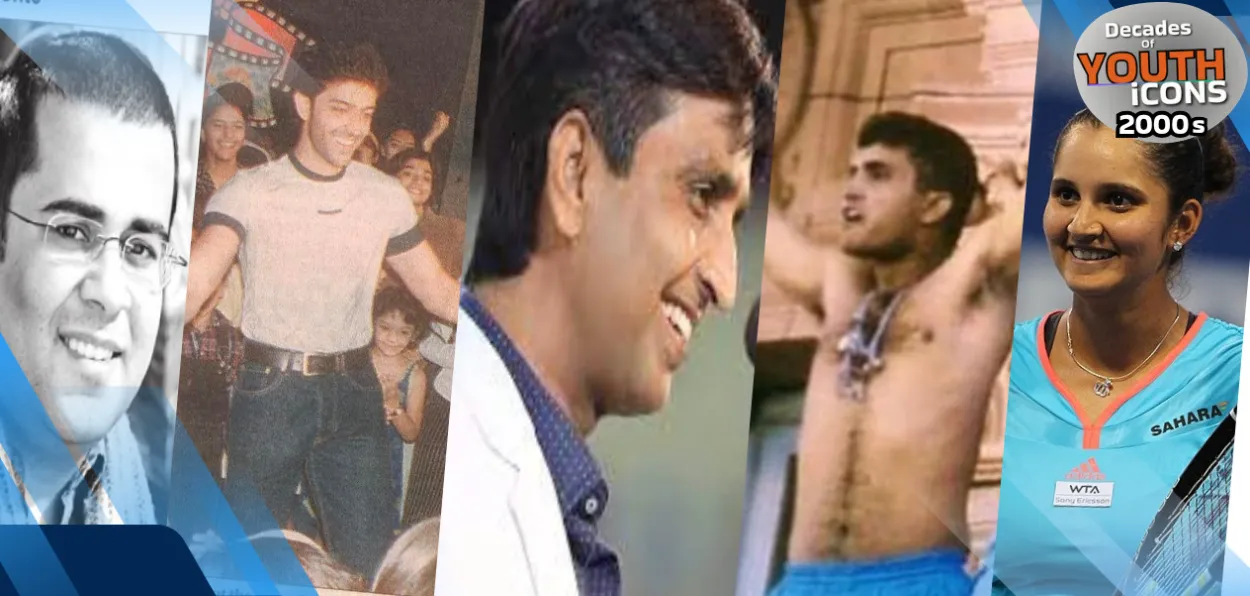
Saquib Salim
The first decade of the millennium witnessed economic growth and the rise of the Indian middle class. The icons represented a new India. The five important youth icons are listed below.
Chetan Bhagat
I was studying engineering in the mid-2000s. Chetan Bhagat's debut novel Five Point had created an euphoria on the campus. It was the time when elders lamented that the Indian youth were becoming averse to books. Bhagat, an IIT and IIM alumnus and investment banker, published his first work in 2004. This was a story of engineering college students. The youth, especially in engineering colleges, instantly connected with Bhagat's story. The novel became a hit.
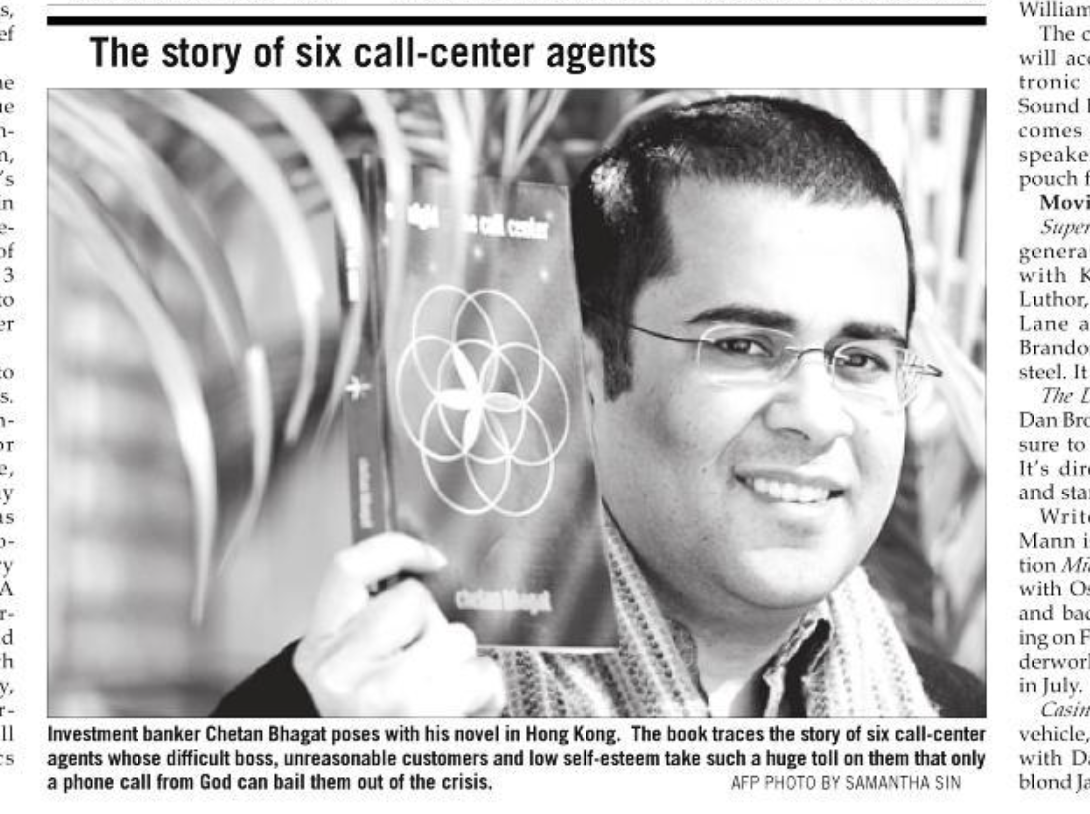
Chetan Bhagat launching his book in Hong Kong
I can safely say that it was read more than any textbook by the engineering students. Bhagat’s novels faced criticism from literary giants, but lured the younger generation to books. His later novels, One Night At Call Centre, Half Girlfriend, 3 Mistakes of My Life, etc. were all bestsellers. Most of his novels were later adapted into films, including 3 Idiots, featuring Amir Khan, and Two States, featuring Aliya Bhat and Arjun Kapoor.
In the new millennium, Chetan Bhagat was India’s first bestselling author.
Sania Mirza
After P. T. Usha, if there is one Indian sportswoman who can claim to be a trendsetter, it must be Sania Mirza. The decade of 2000s and to some extent 2010s also belonged to this Hyderabadi girl. Mirza became the first Indian woman to win a WTA tournament in 2005 at the age of 18. She went on to become the first Indian woman to be seeded in a Grand Slam tournament, a feat she achieved at the Australian Open in 2006.
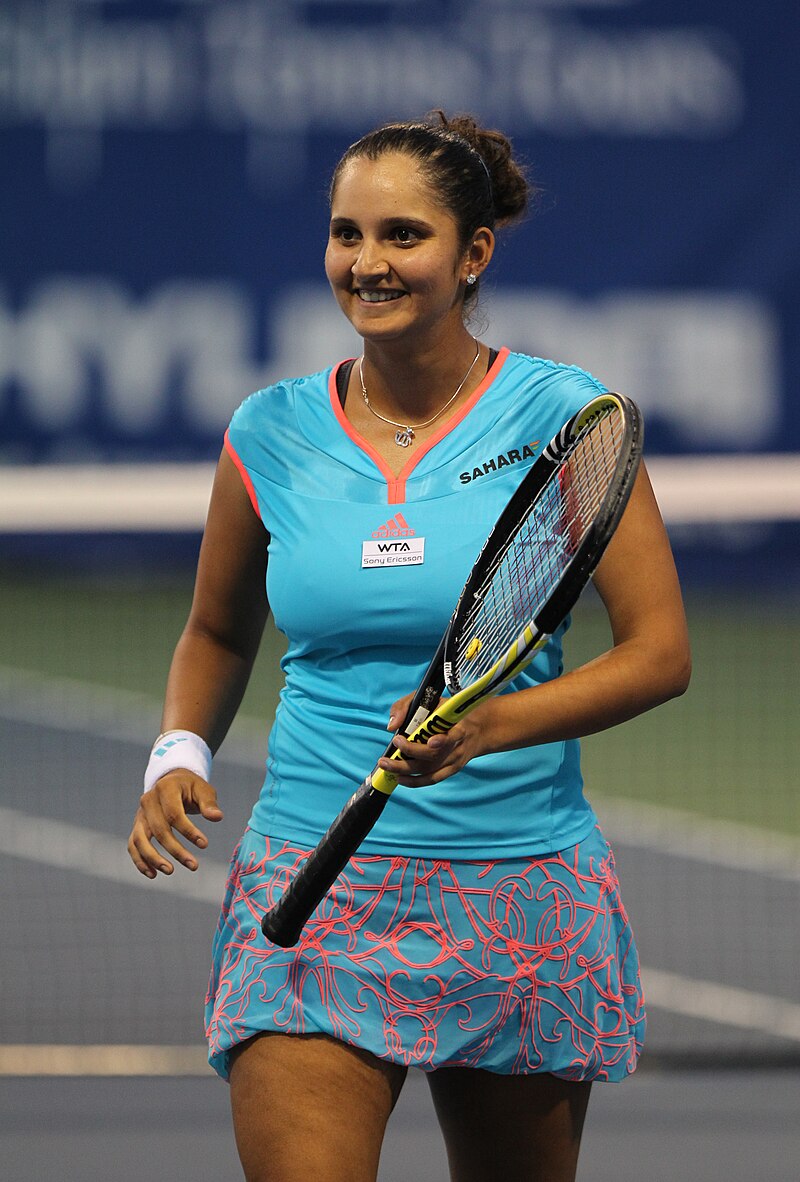
Sania Mirza at Citi Open Tennis Championsip, 2011
In 2007, when she was 20, Mirza reached a career best singles ranking of 27. Before that, she had already won the Wimbledon Junior Doubles in 2003. She won 6 Grand Slams in Doubles and Mixed Doubles and spent 91 weeks as the World No. 1 in the Doubles category.
Mirza was one of the most recognizable and highest-paid Indian sportspersons during the 2000s and 2010s. Very few Indian cricketers could match her popularity during her peak.
Saurav Ganguly
One of the most memorable images etched on the minds of cricket-loving Indians is Saurav Ganguly taking off his shirt to celebrate the win against England at Lord’s in the NatWest Trophy final in 2002. The victory, snatched by Mohammad Kaif and Yuvraj Singh from the jaws of defeat, is now part of Indian cricket folklore. In 2000, the Indian cricket team was rocked by allegations of match fixing. Saurav Ganguly became its captain at this difficult juncture. He was a well-rated ODI batter and medium pacer. However, his real glory was yet to come.
.jpeg)
Saurav Ganguly at Netwest
When Ganguly took over, India was a decent team but not a world-beater. As a Captain, he backed young blood like Harbhajan Singh, Zaheer Khan, Yuvraj Singh, and Mohammad Kaif to instill a killer instinct in the team. His aggressive captaincy meant that India defeated an invincible Australia, won tournaments, and most importantly, became the main rivals to the World Champion Australia.
Almost every cricket analyst believes that India's World Cup victories and rankings that came under M.S. Dhoni, Virat Kohli, and Rohit Sharma are built on foundations laid by Ganguly.
Ganguly symbolised the new India, which never accepted defeat and aimed to conquer the world.
Kumar Vishwas
The 2000s were interesting times. When the World believed that youth would move away from literature under an onslaught of the internet, it turned out that new literary figures rose in India. When we were in engineering college, the most often repeated performance during the fests was “koi diwana kehta hai….”, a Hindi poem by Kumar Vishwas. In the Aligarh Muslim University, where I studied, there was no prior culture of reciting Hindi poetry as such.
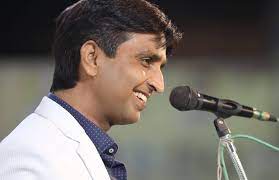
Kumar Vishwas
That was the power of Kumar Vishwas. Interestingly, at times, people would not know the name of the poet and yet use his poetry in their love letters, messages, and proposals. As the internet penetration was low and people were not avid followers of the omniscient Google app., many young men would present Vishwas's poems as theirs.
During the 2000s, poems written by Kumar Vishwas were giving competition to film songs and Urdu poetry. No wonder, by the end of the decade, he was leading one of the largest youth-based protests of this country - Anna Hazare led the India Against Corruption Movement.
Hrithik Roshan
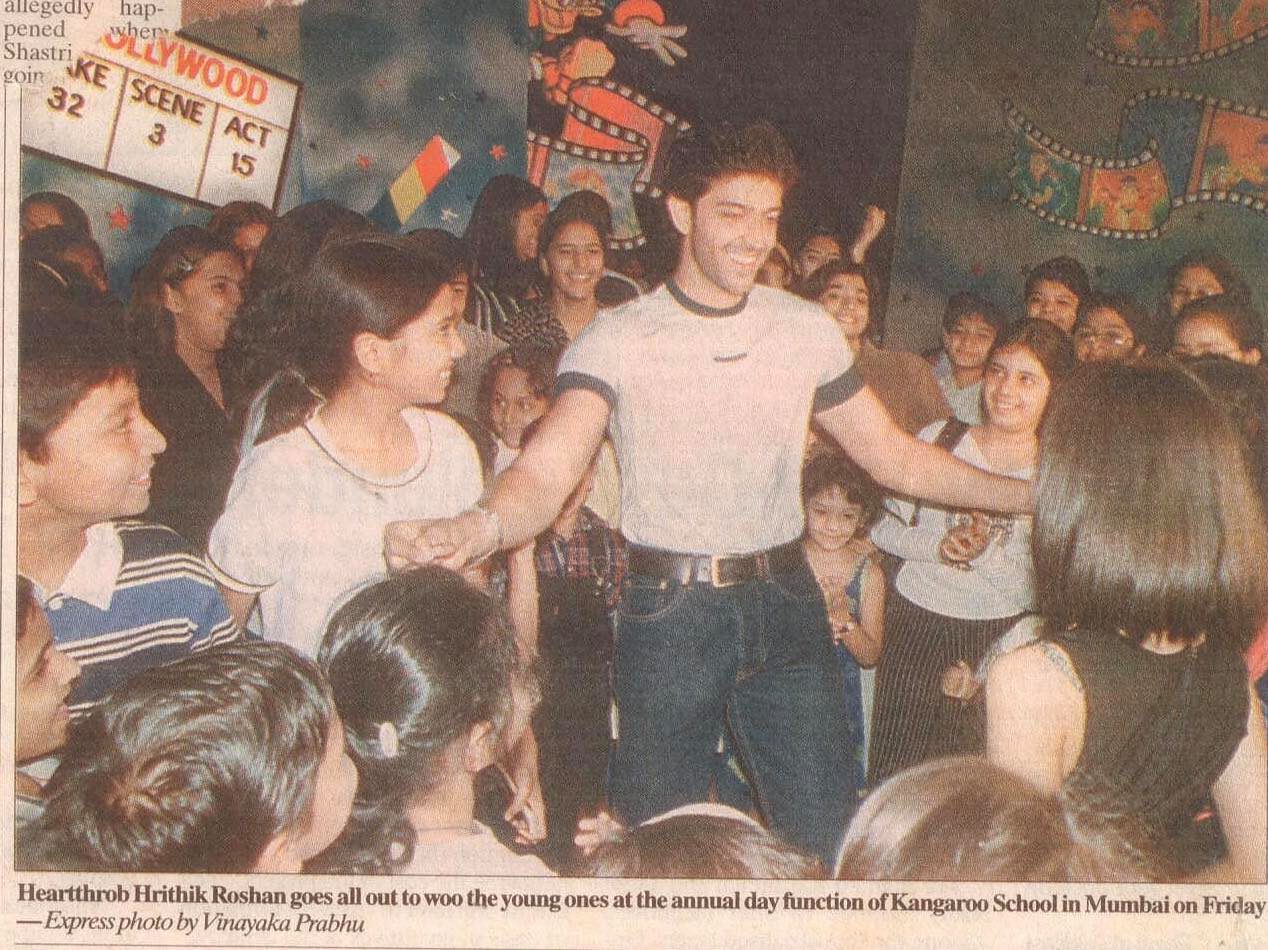 Hrithik Roshan with fans in Mumbai, 2000
Hrithik Roshan with fans in Mumbai, 2000
When Hrithik Roshan's Kaho Na Pyaar Hai hit the theatre in January 2000, the whole of the country was dancing to the tunes of its numbers. With his Greek God looks, he emerged at a time when film pundits had written off Shah Rukh, Salman, Amir, Akshay, and other Bollywood stars as redundant. India had not seen something like this in recent memory.
ALSO READ: 10 top Muslim IPS officers of India epitomize integrity, dedication
While the rise of Shah Rukh had been gradual, Hrithik was claimed to be a star within a few days of his first release. Boys styled their clothes, bikes, hair, and everything else after him. He was being signed for every advertising campaign, and it seemed as if nothing else mattered to the country.
